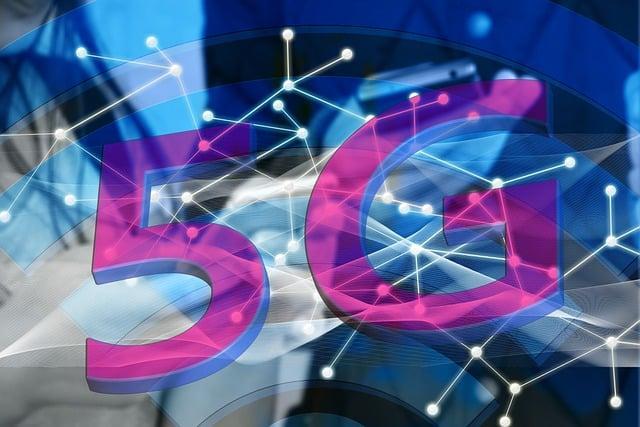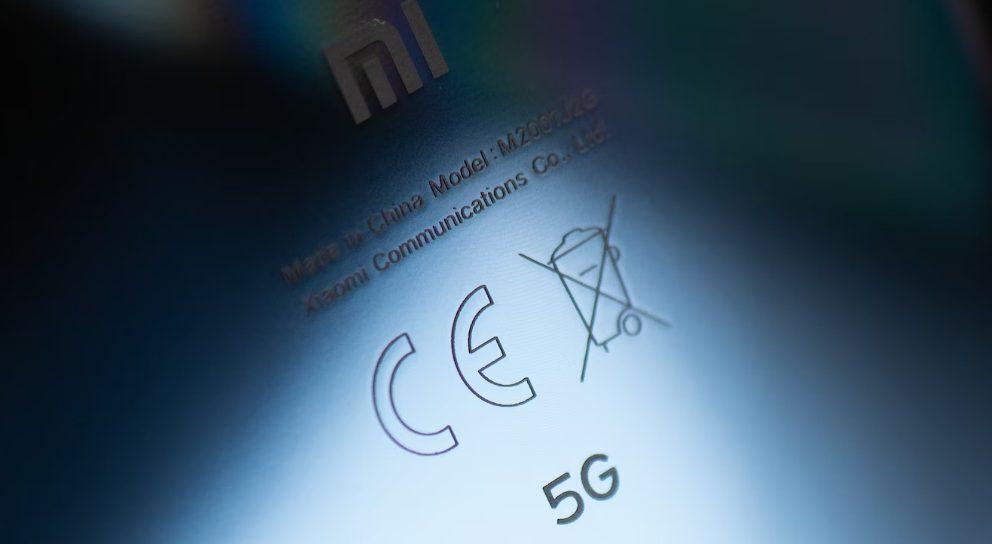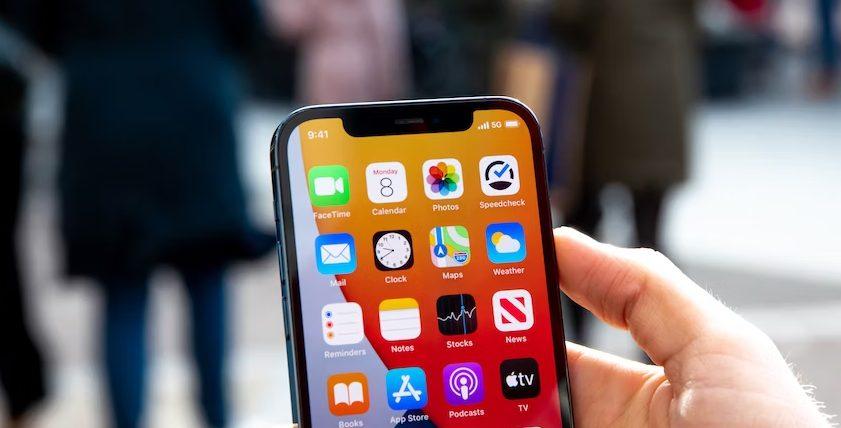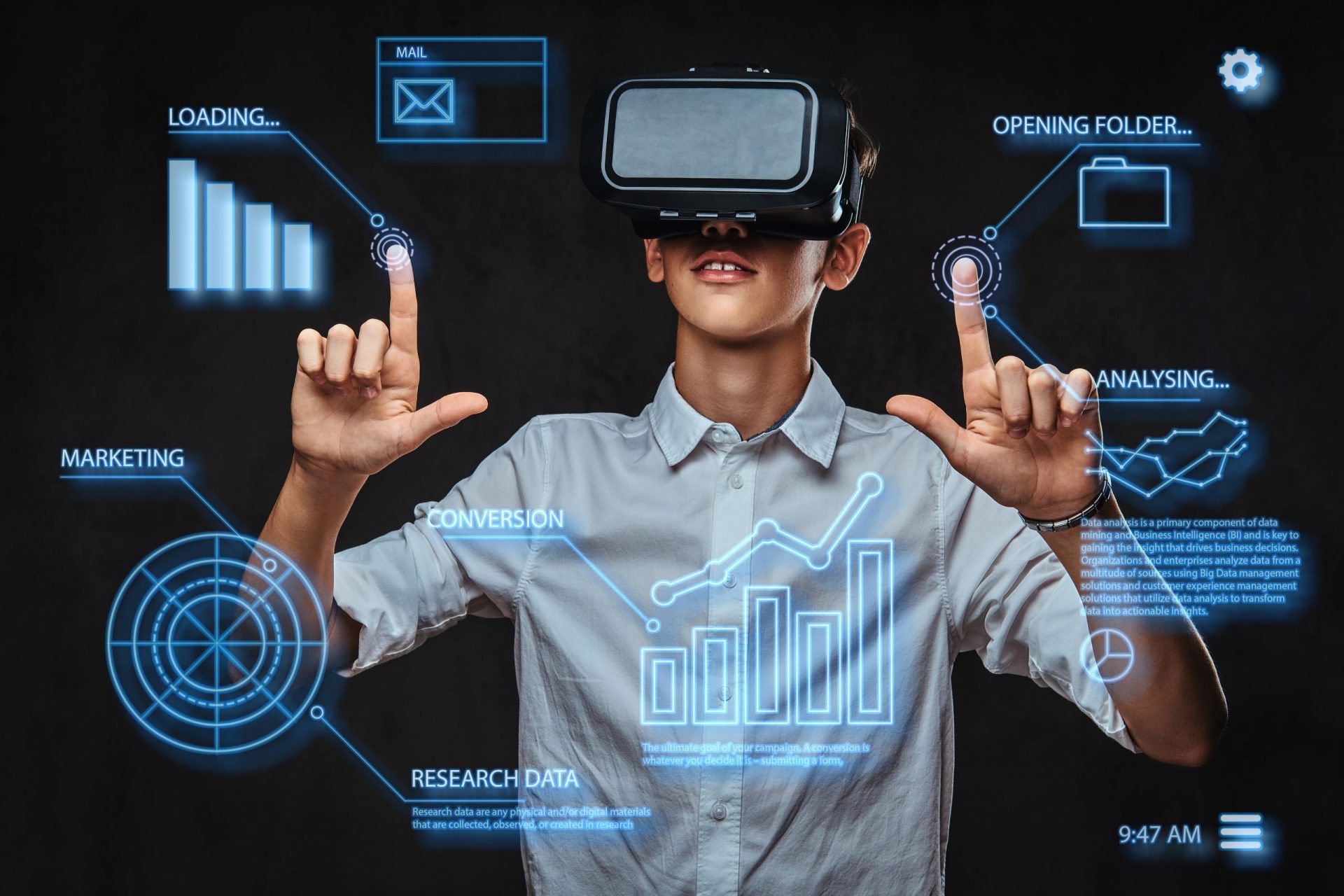5G Everything You Must Know About: Even more fast you think

The term “5G” points to the fifth generation of mobile network technology after 4G, 3G, 2G and 1G networks. When compared to their predecessors, 5G networks aim to offer more rapid data speeds, lower latency, and increased capacity. The technology can transform various sectors, including healthcare, transportation, entertainment, and telecommunications.
The millimeter wave (mmWave) spectrum is one of the higher radio frequencies used in 5G, which provides a wider bandwidth. These higher frequencies have shorter wave lengths, hence they result in shorter signal ranges. They also require more cellular towers and base stations to maintain urban connectivity.
Today’s 5G services vary from a few hundred megahertz (MHz) to frequencies near 30 GHz. Lower frequencies are often directed to as “sub-6 GHz.” High-frequency bands are named “millimeter wave bands” or mmWave frequencies.
Via:- Inseego.com

5G has the potential to drive significant advancements across industries. Augmented reality, remote surgery, smart cities, and other transformative technologies and applications can all be made possible by 5G. However, infrastructure development, regulatory considerations, and the availability of compatible devices are all necessary for the widespread implementation and adoption of 5G. It’s always a good idea to look at more recent sources for the most up-to-date information on 5G technology because new developments may have occurred since my last update.
What are the benefits?
Do you know how your phone or tablet connects to the internet and lets you do cool things like streaming videos, browsing the web, or playing games?
Speed and Performance
So, what’s so special about 5G? It’s all about speed and performance. With 5G, you can download things faster than before, and there’s almost no delay when sending or receiving data. That means you can do something real time, like video chatting, without those annoying lags.
Connectivity
But it’s not just about speed. 5G can handle way more devices connecting to it at once, which is super important as more and more gadgets become internet-enabled. This opens up so many possibilities! Imagine your city becoming smarter with things like self-driving cars or doctors performing remote surgeries with the help of 5G networks.
It’s not just about fun stuff, either. 5G can significantly improve industries like healthcare, making telemedicine more accessible or enhancing public safety with better communication systems.
Important features of 5G
The most important features of 5G networks are:
Faster data transfer:
5G organizations are intended to convey quicker information than 4G. Hypothetically, paces can arrive at up to a few gigabits each second, empowering speedier downloads, smoother streaming, and better general client experience.
Reduced latency:
The time it takes for data to cross between a device and the network is called latency. For real-time applications like online gaming, virtual reality, autonomous vehicles, and remote surgeries, 5G aims to reduce latency to just a few milliseconds.
Increased capability:
5G networks are better suited for Internet of Things (IoT) applications. Supporting the growing number of smart devices in our daily lives 5G can simultaneously handle a larger network of connected devices.
Enhanced dependability:
5G organizations are intended to be more dependable than their ancestors, with decreased signal interferences and a more steady association.
5G uses higher radio frequencies, such as the millimeter wave (mmWave) spectrum, which has a wider bandwidth. However, because these higher frequencies have shorter wavelengths, they result in shorter signal ranges and require more cellular towers and base stations to maintain urban connectivity.
Augmented reality, remote surgery, smart cities, and other transformative technologies and applications can all be made possible by 5G, which has the potential to drive significant advancements across industries. However, infrastructure development, regulatory considerations, and the availability of compatible devices are all necessary for the widespread implementation of 5G.
The Challenges of 5G
While 5G organizations offer various benefits, they additionally accompany different challenges that should be tended to for fruitful arrangement and boundless reception. A portion of the critical difficulties of 5G organizations include:
Foundation prerequisites:
Do you know how our smartphones and devices need strong networks to work smoothly? Well, 5G is the latest technology that takes this to a whole new level! 5G networks use higher frequencies, including something called millimeter waves (mmWave). These waves are really fast, but they have a little drawback – they don’t travel very far and can easily be blocked by things like buildings and trees. To overcome this, 5G networks require lots of small cells and base stations closely spaced together, forming a thick network. This way, you get great coverage and super-fast speeds. But, there’s a catch – building such an extensive network can be quite expensive and take a long time to set up.
Range accessibility:
To ensure fast and reliable data speeds, 5G networks require access to multiple radio frequencies. Managing and allocating appropriate frequency bands for 5G can be a complicated and time-consuming process, especially as demand for spectrum increases with the growth of wireless services.

Interoperability and guidelines:
The improvement of 5G innovation includes various partners, and guaranteeing worldwide interoperability and adherence to principles is critical for consistent availability and gadget similarity. Errors in principles can prompt discontinuity, restricting the maximum capacity of 5G.
Cost of organization:
Executing the 5G framework can be costly, requiring significant speculations from network administrators. The expense of updating or building a new foundation, securing range licenses, and keeping up with the organization can present monetary difficulties.
Security worries:
With the expanded number of associated gadgets and information moves, 5G organizations might be more helpless against cyber attacks and security breaches. A critical test is guaranteeing vigorous safety efforts and conventions to safeguard client information and security.
Power utilization:
The arrangement of additional organization components and the interest in quicker information rates can prompt higher power utilization in 5G organizations. Network administrators must address energy effectiveness worries to limit their ecological effects and functional expenses.
Does 5G Deplete More Power than 4G? Based on data bits per kilowatt, 5G networks are 90% more efficient than their 4G prototypes. However, huge gains in density and traffic are expected to negate these savings, leading to a net 5G energy consumption potentially 4 to 5 times higher than 4G.
Via:- VIAVASOLUTIONS.COM
Administrative and strategy issues:
The arrangement of 5G organizations frequently includes exploring complex administrative and strategy scenes. Acquiring grants, tending to ecological worries, and overseeing range designation can be testing and tedious.
Inclusion in rustic and far-off regions:
Stretching out 5G inclusion to country and distant districts can be trying because of the requirement for additional foundation and the greater expenses related to less thickly populated regions.
Read more about technology.
Potential well-being worries:
While numerous logical examinations have not found convincing proof of unsafe impacts, concerns have been raised about the potential well-being effects of openness to higher-recurrence electromagnetic radiation utilized in a few 5G organizations.
Public discernment and acknowledgment:
Instructing general society about the advantages and security of 5G innovation is fundamental for broad acknowledgment and effective reception. Falsehood and worries about potential well-being impacts or security issues can protect from 5G sending in certain networks.
Future of 5G networks
The eventual fate of 5G organizations guarantees a change in outlook by the way we interface and cooperate with innovation. 5G will reach its full potential, delivering lightning-fast data speeds, ultra-low latency, and seamless connectivity as infrastructure and technology develop. This transformative technology will fuel a new era of innovation, making it possible to advance augmented and virtual reality, smart cities, autonomous vehicles, and healthcare.
The Internet of Things revolution will be fueled by 5G’s increased device density and effective network management, resulting in a highly interconnected world. Concerns about privacy and health effects will go away as security measures improve, paving the way for a ubiquitous 5G ecosystem that changes industries and improves everyday life.
Network Security
5G technology is built on a highly advanced system called 5G network infrastructure, and it’s pretty fascinating! This infrastructure is like the backbone of the whole 5G world. It comprises small cells, base stations, and fiber-optic cables, all working together to send data at incredibly high frequencies, like those super fast millimeter waves.
You might wonder why these small cells are so important. They play a crucial role in accommodating the growing number of devices on the Internet of Things (IoT). Today, there are so many cutting-edge devices and gadgets that need to stay connected. 5G’s little cells are like little helpers placed strategically to make sure they all have a stable and quick connection.
But setting up this whole 5G network is no small feat! It requires a lot of planning and investment. The network operators must install antennas and upgrade existing sites to handle the new technology. It’s like building the infrastructure for a super-highway of data!
Now, why do we need all this effort? 5G is a game-changer rather than merely an improvement over 4G! It brings us faster data speeds so that you can download your favorite movies or games in a snap. It also reduces latency, less waiting, and more responsiveness when using applications or playing online games. And the best part? It increases the network’s overall capacity, so more people can stay connected without causing annoying slowdowns during peak times.
5G Network Applications
5G network applications includes a wide range of transformative technologies and use cases. Some important uses include:
Improved Mobile Networking:
For mobile devices, 5G provides faster data speeds and lower latency, facilitating smoother video streaming, quicker downloads, and enhanced user experience.
Internet of Things (IoT):
The massive interconnectivity of devices made possible by 5G makes it possible for smart devices, sensors, and machines in various industries to communicate and exchange data seamlessly.
Virtual Reality (VR) and augmented reality (AR):
5G’s low dormancy and high data transmission upgrade AR and VR encounters, making them more vivid and intelligent, with applications in gaming, diversion, and preparing.
Smart towns:
To improve urban planning and resource optimization, 5G allows public services, environmental sensors, traffic management systems, and other smart city components to communicate effectively.
Self-Driving Vehicles:
5G’s ultra-low latency makes it possible for vehicles to communicate and exchange data in real-time, making self-driving systems safer and more effective.
Telemedicine and Distant Medical procedure:
5G’s fast, low-dormancy association is fundamental for distant clinical applications, permitting ongoing connections among specialists and patients or, in any event, empowering far-off medical procedures with automated help.
Automation in Industry:
In industrial settings, 5G makes it easier to communicate in real-time, supporting implementing initiatives related to Industry 4.0, robotics, and automated manufacturing procedures.
Brilliant Home:
Home automation, security, and energy efficiency are all enhanced by 5G’s seamless integration and control of smart home devices.
Gaming on the cloud and eSports:
5G’s low dormancy and high information speeds empower slack-free gaming encounters, empowering cloud-based gaming administrations available from cell phones.
Services for Emergencies:
By enabling real-time data sharing, high-quality video streaming, and improved communication in critical situations, 5G can enhance emergency response systems.
Collaboration and work from home:
With its stable and fast internet connections for cloud-based collaboration tools and video conferencing, 5G enables effective remote work setups.
Agriculture:
5G can uphold savvy cultivating applications by empowering constant observing and control of farming cycles, enhancing water systems, and overseeing crop well-being.
These are only a few instances of the different applications that 5G organizations can work with. It is anticipated that new and inventive use cases will emerge as technology advances, transforming various industries and enhancing our day-to-day lives.
Countries with Deployed 5G Networks
According to the test company, as of March 2023, there were 1,947 cities with 5G networks, and these numbers are based on publicly available information in 72 countries.
The nations where 5G has been recently sent off incorporate Argentina, Bhutan, Kenya, Kazakhstan, Malaysia, Malta, and Mauritius, Viavi said, noticing that those nations’ 5G organizations sent off in the final part of a year ago.
China and the US have the most 5G urban communities, at 356 and 296, separately. However, regarding deployed 5G networks, Europe, the Middle East, and Africa (EMEA) region has surpassed the Asia Pacific (including China) region, with 839 5G networks in EMEA and 689 in APAC. There are 419 5G organizations in the Americas, according to Viavi’s observation.
Some of the countries are:
- United States
- South Korea
- China
- Japan
- United Kingdom
- Germany
- Australia
- Italy
- Spain
- Switzerland
- Sweden
- Finland
- United Arab Emirates
- Saudi Arabia
- Qatar
- Canada
- France
- Netherlands
- Belgium
- India
- Brazil
- Russia
- Singapore
- South Africa
- Turkey
Is the 5G network the same in all countries
Even though 5G is a global standard, how 5G networks are set up and used varies from country to country. Because it adheres to international standards established by organizations like the 3rd Generation Partnership Project, the fundamental underlying technology of 5G is the same everywhere.





